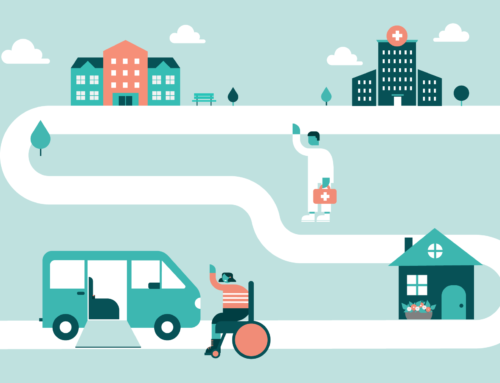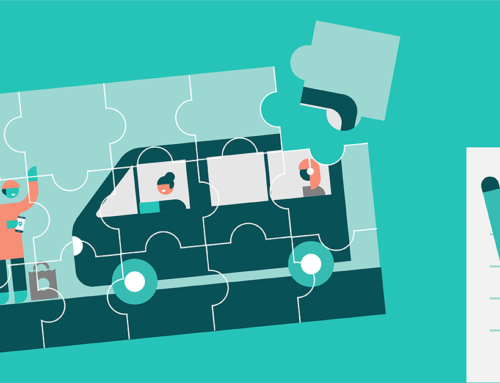Public transport is an important part of the mobility transition. Statistics show that buses and trains remain a safe and environmentally-friendly means of transport even in times of the coronavirus. But how can transport operators continue to ensure safety in public transport?
Elisabeth Oberzaucher is a renowned behavioural biologist at the Faculty of Life Sciences at the University of Vienna. The research institute she founded, Urban Human, is concerned with applied mobility research and consulting for transport companies. In doing so, she tries to bridge the gap between basic research and solutions for everyday life. Clemens Deyerling is the founder of omobi, a startup that has been operating digital on-demand buses in the municipality of Murnau since July 1, providing 20,000 residents with digital mobility.
Together, Elisabeth and Clemens discussed the importance of local transport in times of crisis as part of our Lab4Mobility webinar “Back to everyday life: Safety in public transport and the role of new on-demand concepts”. Read a short excerpt here and follow the link below to the full recording of the webinar.
The crisis as an opportunity for more mobility
Elisabeth, from your perspective as a behavioural biologist, why has there been such a shift in mobility?
Elisabeth: A crisis is never something fun. But a crisis also means that we are thrown off our familiar paths and have the chance to strike out in new directions. It’s much more difficult to muster the strength and do something new when you’re going down well-travelled roads than in a situation like the one we’re in now. We now have the chance to steer mobility in a direction that is sustainable and forward-looking, also in light of the climate crisis.
On the question of why public transportation was so particularly affected: With lockdown measures, mobility as a whole has declined quite sharply. This is mainly due to the fact that people suddenly had less reason to be mobile — due to home office, fewer recreational activities…
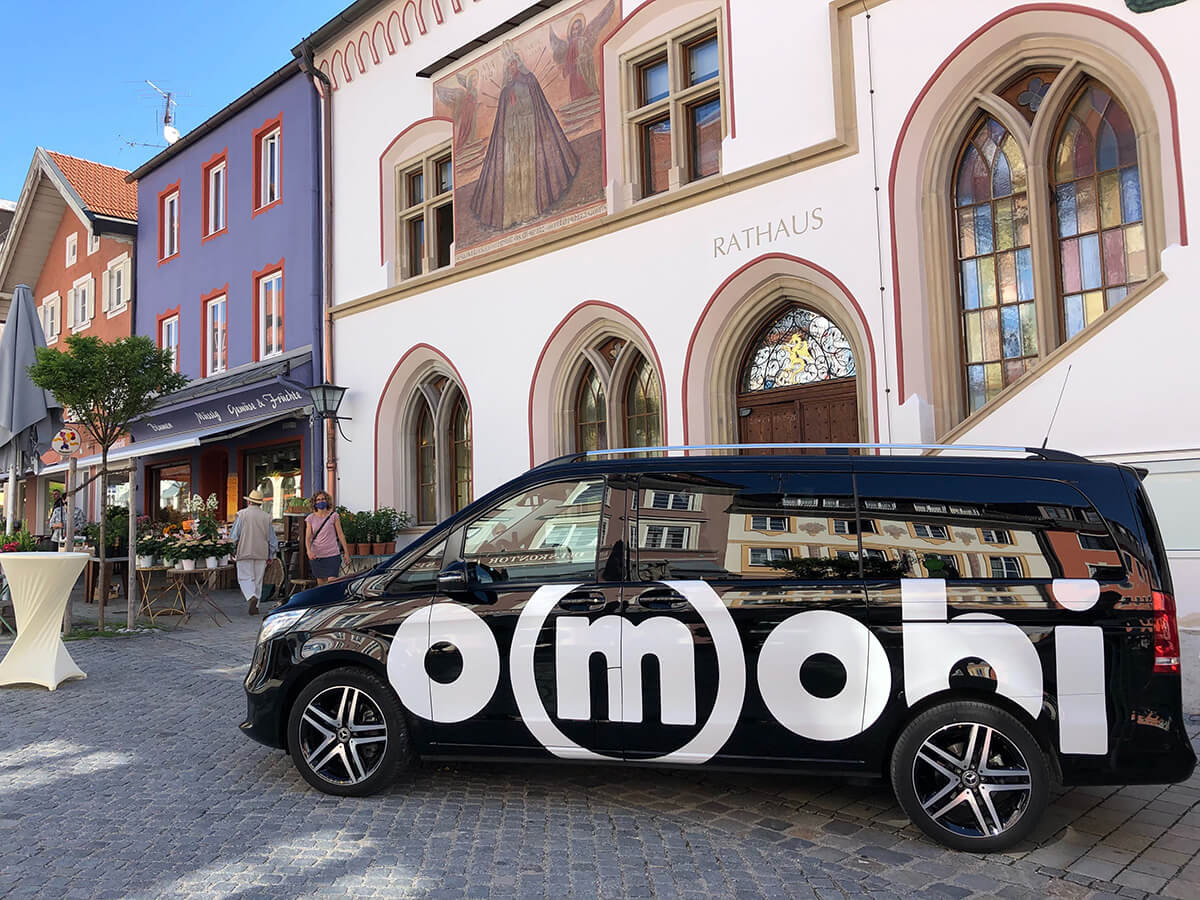
The Murnau local bus started operating in the middle of the pandemic.
Clemens, why did you decide to introduce a new service during the pandemic?
Clemens: In terms of mobility, not much has changed in my home town of Murnau in the last ten years. We have already become acquainted with other innovative mobility concepts in big cities and have asked ourselves what all this actually means for mobility in the countryside. We came to the conclusion that with the possibilities we now have, we need to completely rethink mobility, especially in rural areas.
“Digital public transport in rural areas is tantamount to a revolution.”
In close cooperation with the municipality of Murnau, we wrote a concept that convinced the municipal council — something that is not always easy to achieve here in southern Bavaria. We have a tender behind us and the first concession in Upper Bavaria that was awarded in this way. So even before the pandemic, we were concerned with breaking up old structures in order to restore mobility in rural areas.
Low risk of infection: Safety in public transportation
So far, facts do not seem to be enough to get the image of “public transportation as a virus spreader” out of the public’s mind. How can public transport operators continue to ensure safety in public transport?
Elisabeth: There are several studies from Germany, Austria, France, Japan and the USA that have looked very closely at the likelihood of catching a virus on public transport. These studies have found that there is a very low probability of getting infected, only if you are sitting next to a person who has Covid-19. This low probability is 3.5%.
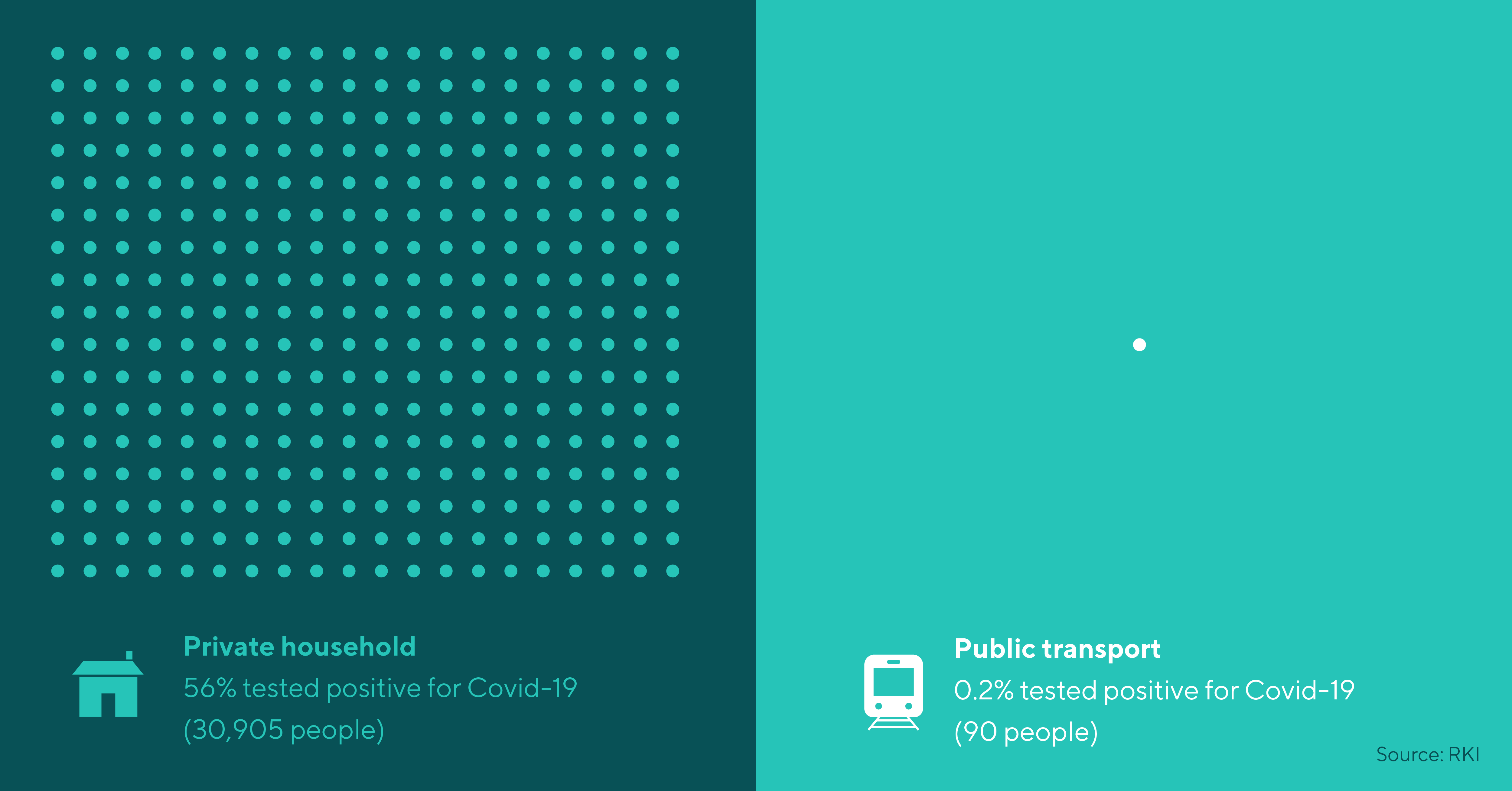
Has the image problem dragged on during the crisis period?
Elisabeth: Who is sensitive to the risk of infection? People who are already not fans of using public transport and were not before. Passionate car drivers now have one more reason to get into their cars. But look at it this way: Because of the safety measures and the change in passenger behaviour, public transit is safer than ever.
“It is safe to travel on public transport, especially if we follow the measures.”
New mobility, even in difficult times
Did you take any special precautions with the Murnau local bus due to the coronavirus?
Clemens: We received the order shortly before the lockdown and the start date was already a few months later, on July 1. It was not an option for us to postpone the start of operations. So we had to deal with the circumstances caused by the coronavirus from the very beginning. There were two driving forces here: On the one hand, we hoped that a strong service would get us to the numbers we wanted despite Corona.
Secondly, we had to do everything possible to minimize the risk of infections and ensure a sense of security. Here, of course, we have a significant advantage over other transport companies that operate large scheduled buse lines. We offer cashless payment and app bookings, the vehicles have automatic doors and are regularly disinfected and ventilated.
There was also a mask requirement from the beginning, and we can ensure social distancing measures. Our biggest fear was much more: How would people behave? In any case, a healthy dose of optimism was involved.
“Corona is just the ‘icing on the cake’ when it comes to public transport’s bad reputation, and it can also be a great opportunity for change.”
Ensuring safe public transport in the future
Was your optimism necessary to establish a new public transport system and make it clear that things had to move forward?
Clemens: Optimism was needed above all in view of the rural political structures and very entrenched monopolies in public transport throughout Germany and especially here in Bavaria. In any case, a certain spirit was needed to find courageous politicians, plant the idea and push it forward together.
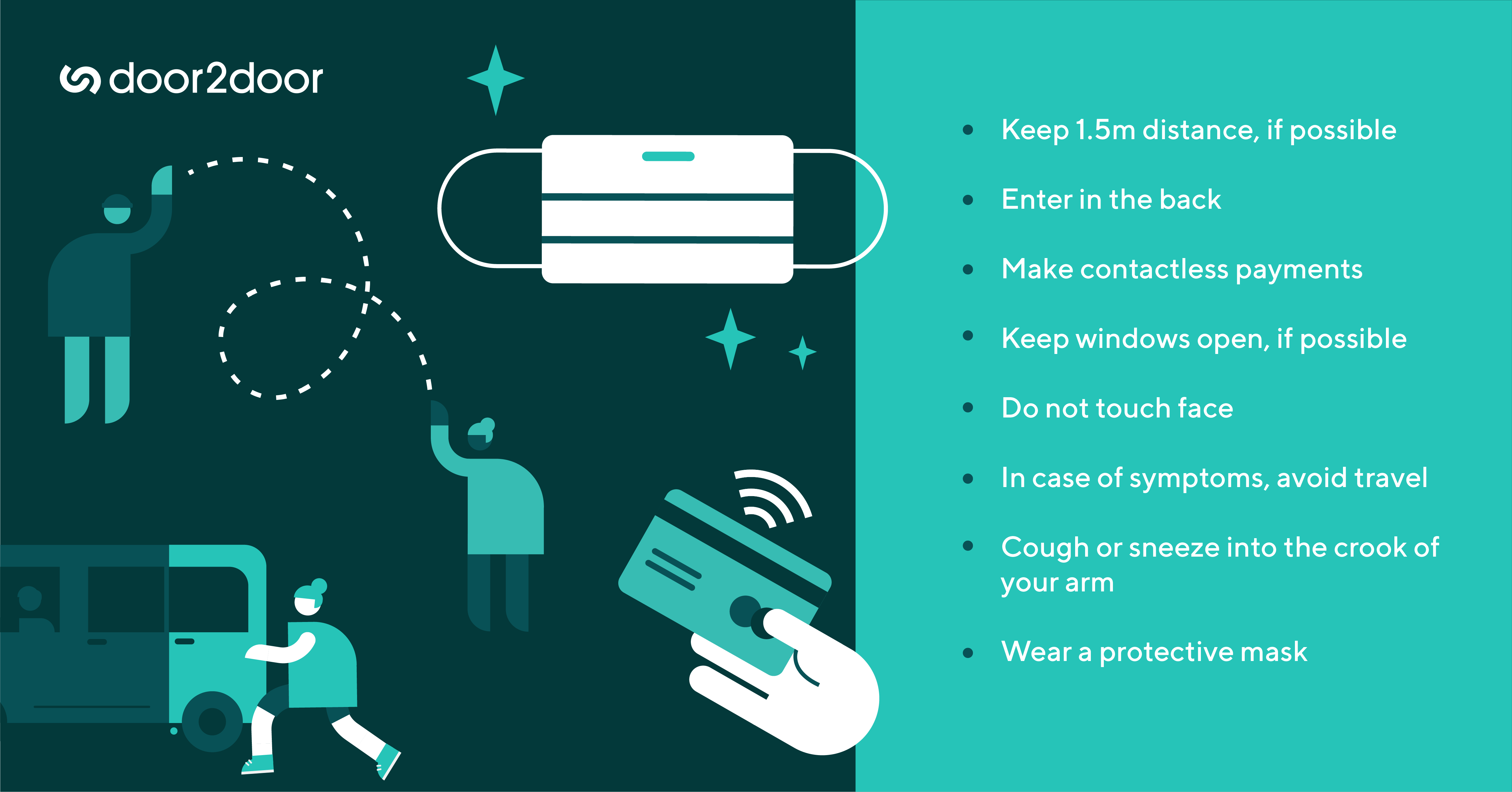
As for the local population itself, the biggest challenge has been to show people what the new service can really do. For most of them, it’s something that was previously unimaginable.
How can we solve issues like that?
Elisabeth: Public policies give me the most headaches. Especially in Germany. In 2019, it was said you are well-connected if you have motorway access nearby. But you are actually well-connected if you can offer good public transport. That has to get into people’s heads. There is a fear that the automotive industry is no longer as strong as it once was.
It’s important to develop a holistic concept. Individual forms of mobility should not be played off against one another. At the moment, it’s very conflict-laden. In principle, we are too compliant with the rules; in the German-speaking countries in particular, we always need to regulate everything. In terms of educating people, it would be desirable for us to strive for deregulation in transportation and to place the different transport modes on an equal footing.
It should be about complementing services instead of creating differences. Different transport modes should be linked so well that they can be connected to each other, meeting people’s mobility needs — with as small a carbon footprint as possible.
Learn more about public transport safety in the recording of the conversation from our Lab4Mobility webinar on September 24.
Would you like to close the gap in your public transport offer?
Write us, we would be happy to advise you!

